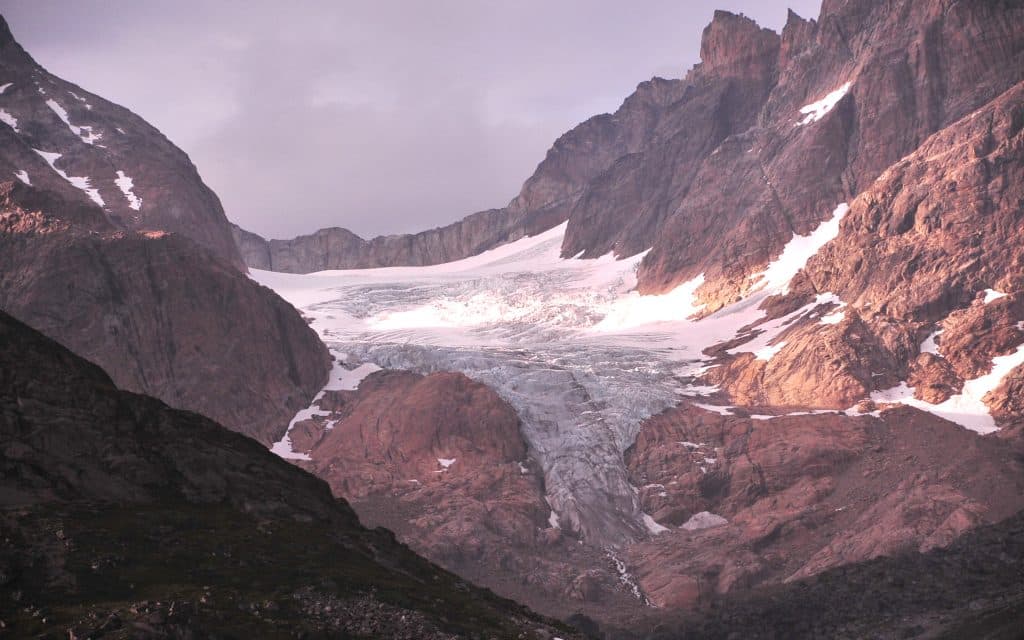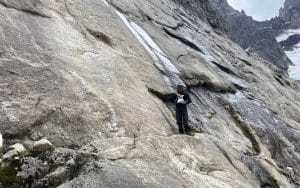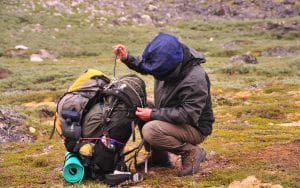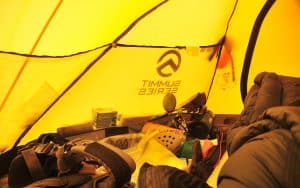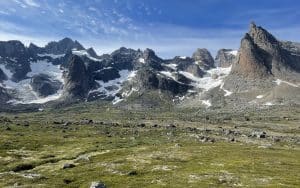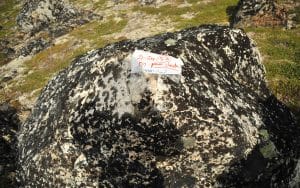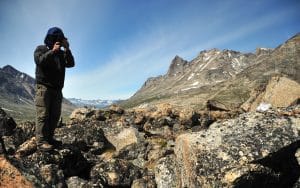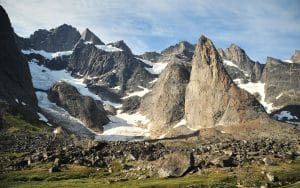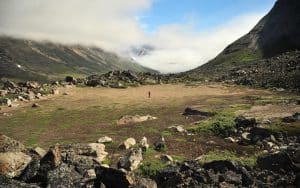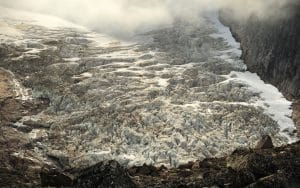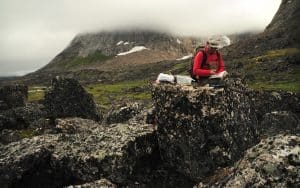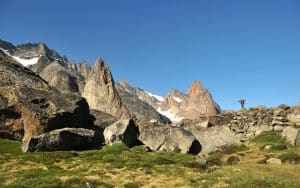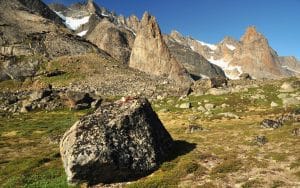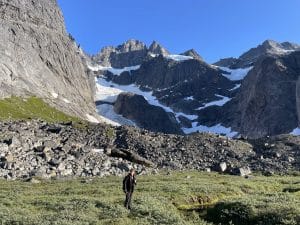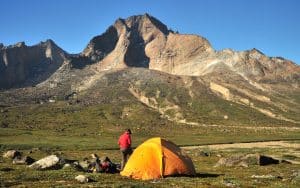IPEV Greenland
The independent alpine mountain glaciers of the Greenland Ice Sheet (GrIs), about 18,500 features in Greenland, are highly sensitive to climate variations. They are very good targets for documenting glacier fluctuations during the Holocene and exploring the forcing factors responsible for their evolution. However, little is known about their evolution, which can be studied by dating moraines with cosmic ray exposure (CRE) ages.
Recent advances have revealed an asynchronous evolution with latitude. On eastern Greenland, north of 65°N, alpine glaciers have recorded their greatest Holocene advance, i.e. their maximum extension in the early Holocene. In contrast, the few records south of 65°N on eastern Greenland, whether from mountain glaciers, GrIs or lake sediments, suggest that the maximum Holocene extent occurred in the late Holocene with a few exceptions.
We suspect that this difference in the behaviour of mountain glaciers in East Greenland is related to the effects of ocean currents on local climatic conditions. Based on these assumptions, we plan to document the evolution of four local glaciers based on the dating of CRE moraines. The Holocene moraines of two selected glaciers near Narsarsuak and two other glaciers near Sisimiut will be studied.
Samples collected in the field will be analysed in the Cerege laboratory. The links between glacier fluctuations and regional climate conditions will be investigated through a compilation of proxy climate data and changes in temperature and precipitation from two transient climate models (LOVECLIM and TrAce) using different forcing experiments (C02, volcanism, insolation, AMOC changes ....).
2022-2026: IPEV Greenland Agreenhol
CEREGE lead :
Vincent Jomelli
Documenting alpine glacier fluctuations in South Greenland during the Holocene to discuss the timing of glacier changes in Greenland
Foreign collaborators: University of Barcelona
